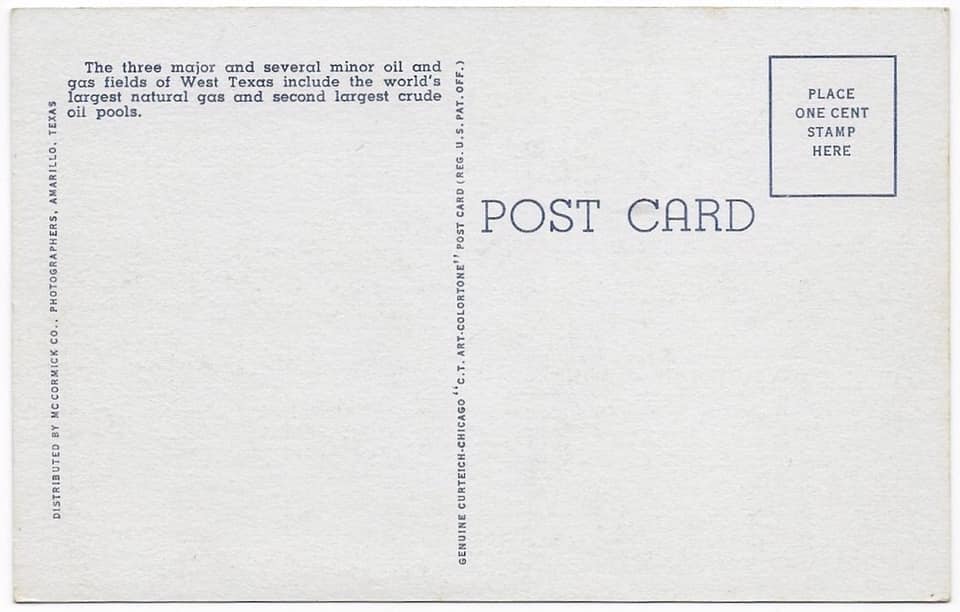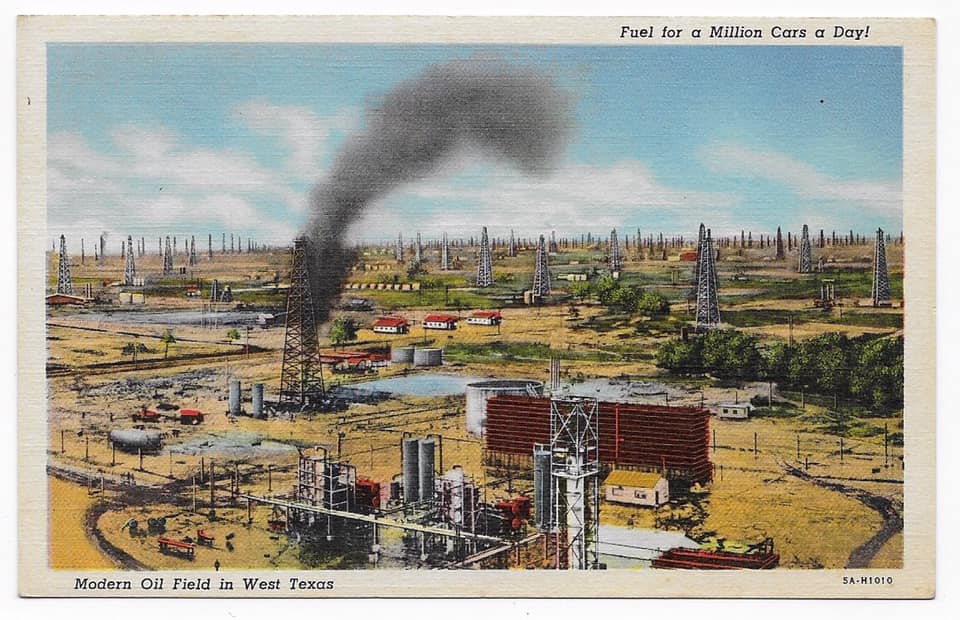Oil has been found in multiple rock layers underlying most parts of Texas.
Since ancient times, oil seepage on the ground was used by indigenous people in medicinal preparations.
The first recorded industrial use of oil by Europeans occurred in 1543 when the survivors of De Soto’s expedition used oil products to caulk boats.
From the last quarter of the 19th century, the discovery of new wells happened accidentally – often when digging wells for drinking water.
Later, crude drilling devices were able to reach oil reservoirs.
New oil fields were found throughout the early years of the 20th century, culminating in the discovery of three overlapping oil regions in West Texas in 1936.
https://www.texasalmanac.com/articles/history-of-oil-discoveries-in-texas
These extraordinarily rich deposits of oil were accumulated during the Permian Era at the end of the Paleozoic Era of geological history.
The Texas cities of Midland, San Angelo, and Odessa serve as headquarters for some of the largest mining operations.
This linen postcard, circa 1940, celebrates the prodigious output of the West Texas wells.
https://en.wikipedia.org/wiki/Permian_Basin_(North_America)
First published by “McCormick Company Photographers” of Amarillo, Texas, this image was printed on this postcard by the large firm of Curt Teich in Chicago.
The abundance of Texas oil (and California oil fields) made possible an enormous surge in economic development and in domestic manufacturing.
The relative cheapness of gasoline supported the ascendancy of private automobiles over the nation’s enormous network of railroad and trolley lines.
(Public transportation was far more extensive, dependable, and cheap, in 1920 than it is today.)
In 1940, few considered that there were any “downsides” to the increasing centrality of oil and gas in national life.





